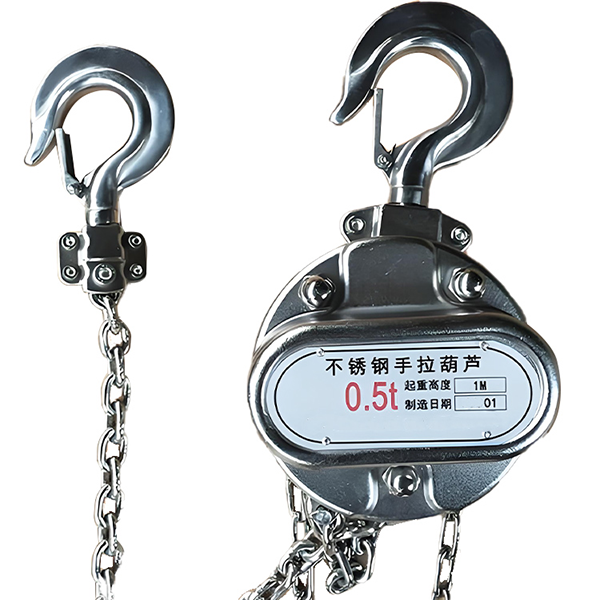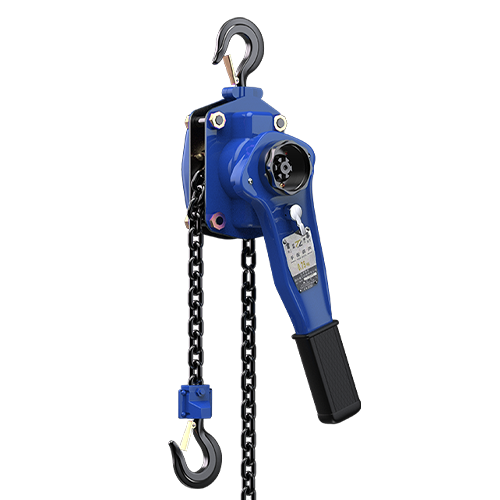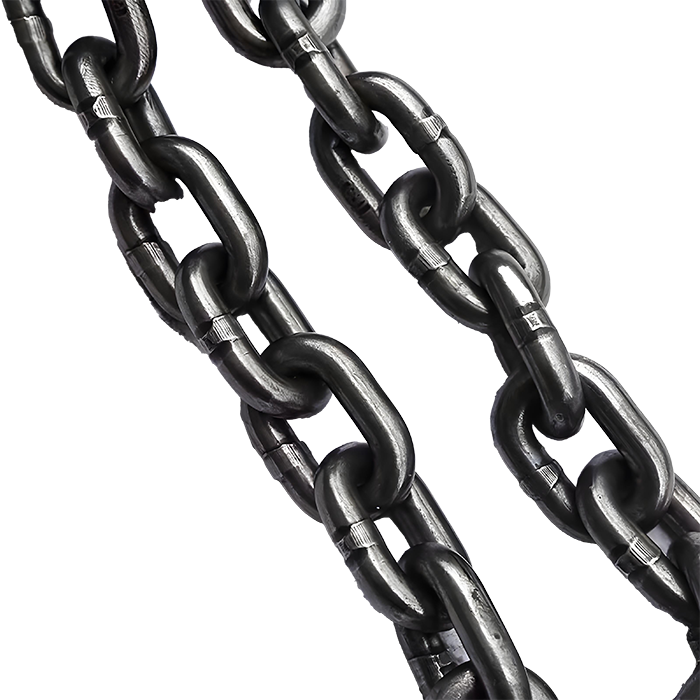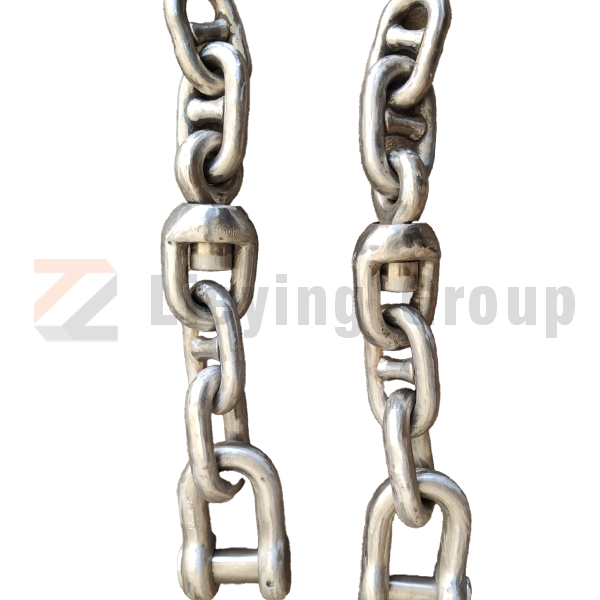How to Buy Pneumatic Hoists for Mining: A Step-by-Step Guide from the Manufacturer
When it comes to sourcing lifting equipment for the mining industry, pneumatic hoists are among the most reliable and safe choices — especially in environments with explosive gases or high humidity where electric tools may not be suitable.
However, purchasing a pneumatic hoist is not as simple as clicking a button or placing a call. It requires strategic planning, detailed market research, and a clear understanding of your operational needs. In this guide, we’ll walk you through each step of the procurement process — directly from the perspective of an experienced manufacturer.
Whether you're a mining procurement officer , site manager, or industrial buyer, this article will help you make informed decisions when purchasing pneumatic hoists.
Step 1: Conduct Thorough Market Research
Before diving into the purchase, start with comprehensive market research . This includes:
Searching online for reputable manufacturers and suppliers
Consulting with industry peers or experts
Engaging directly with vendors to understand product details
During this phase, gather information on:
Current pneumatic hoist prices
Differences between brands and models
Product quality standards
Available warranty and after-sales services
This data will serve as the foundation for making smart, cost-effective decisions later on.
Step 2: Clarify Your Operational Requirements
Once you have a general idea of what’s available in the market, it's time to define your specific needs .
Ask yourself:
What is the required lifting capacity ?
What type of air pressure system do I have on-site?
Will the hoist be used indoors or outdoors?
Are there special environmental conditions (e.g., dust, moisture, hazardous gases)?
In mining applications, these factors are crucial. You need a hoist that not only meets technical specs but also performs reliably under tough working conditions.
Also, determine how many units you need based on production scale and workload demands.
Step 3: Select the Right Supplier
Finding a trustworthy supplier is one of the most important steps in the entire process.
Use multiple sources to identify potential vendors:
Industry exhibitions
B2B platforms like Alibaba or Made-in-China
Referrals from colleagues or partners
When evaluating suppliers, consider:
Their reputation and track record
Product certifications (e.g., ISO, CE)
Quality control systems
After-sales service and support
Don’t just go for the cheapest option — look for value, reliability, and long-term partnership potential.
Step 4: Negotiate Pricing Strategically
Once you’ve shortlisted a few suppliers, move on to price negotiation .
To get the best deal:
Be transparent about your budget and quantity requirements
Understand the vendor’s cost structure and profit margin
Show willingness to build a long-term business relationship
Offer prompt payment terms or bulk orders in exchange for discounts
Effective negotiation isn’t about squeezing every penny — it’s about creating mutual benefit.
Step 5: Sign a Detailed Contract
After reaching an agreement, formalize the transaction with a comprehensive contract .
Make sure it clearly states:
Product specifications (model, lifting capacity, air pressure rating)
Quantity and delivery schedule
Payment terms and methods
Warranty period and after-sales responsibilities
Return and replacement policies
A well-drafted contract protects both parties and minimizes the risk of disputes or misunderstandings down the line.
Step 6: Inspect Upon Delivery
The final step is product inspection upon arrival.

The model and specifications match what was agreed
All components are present and undamaged
The hoist operates smoothly and safely
If any issues are found, contact the supplier immediately to resolve them. Never compromise on quality at this stage — your team’s safety and productivity depend on it.
Final Thoughts: Make Smarter Purchasing Decisions
Buying a pneumatic hoist for mining isn’t just about filling an order — it’s about ensuring safety, efficiency, and long-term performance.
By following these six steps — conducting research, defining needs, selecting the right supplier, negotiating wisely, signing a solid contract, and inspecting thoroughly — you can confidently source high-quality pneumatic hoists that meet your operational demands.
Remember: the goal isn't just to buy cheap — it's to buy smart .





